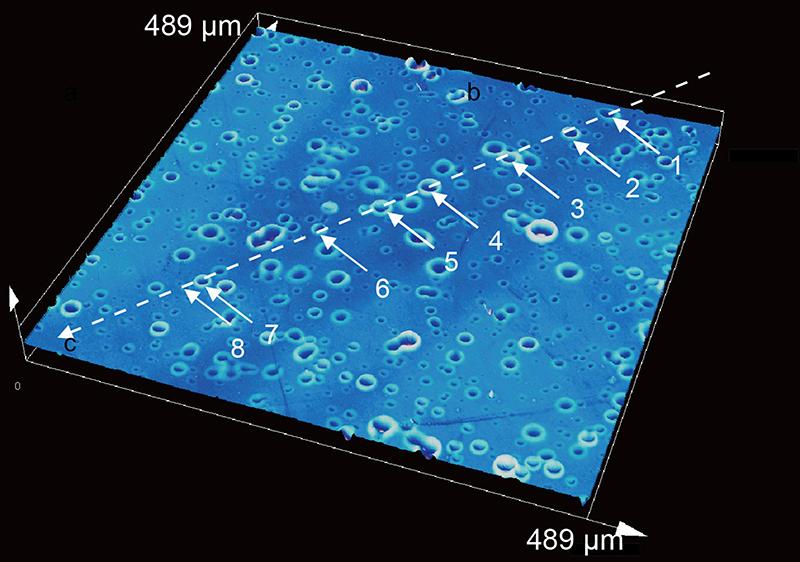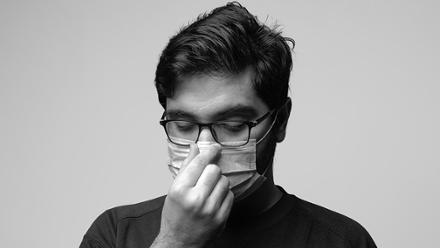Coating captures viral droplets from air
Researchers have discovered a transparent coating to capture virus-laden respiratory droplets and aerosols, removing them from the air.

The team from Northwestern University, USA, claim that the clear, viscous liquid material can be painted onto any surface, including plastic, glass, wood, metal, stainless steel, concrete and textiles.
It is made from a polyelectrolyte polymer that is commonly used in a wide variety of cosmetic products and is non-toxic, along with a formulation of water, alcohol and a surfactant. The team reports that when applied with a blade or brush, the resulting formula yields uniform and conformal coatings on a broad range of indoor surfaces without damaging or discolouring the original material.
To make the coating effective on a broad range of surfaces, researchers say they have to find an optimised solvent composition, and add a natural product derived surfactant to the polymer solution to achieve a suitable wettability and film forming capability.
‘A cosmetic ingredients-based formulation can form conformal coatings on surfaces of different materials compositions, geometries and wettability, rendering them [with] enhanced aerosol-capturing capability,’ notes Jiaxing Huang, Professor of Materials Science and Engineering at the University.
The inspiration came from observing how droplets bounce away from surfaces. ‘Among various ideas, a water-absorbing polymer turns out to be the best option. Next, the challenge is to make it universal for different surfaces, rather than functionalise [them] with different chemistry, so that a coating can be applied’ Explaining how the coating captures the droplets, Huang says ‘the coating is water absorbing, and [gets] wet by water very well. So, when droplets hit it, they get pinned by the surface and quickly absorbed. Without the coating, droplets would deform but then recover the shape and bounce off’.
Following droplet capture, the water is absorbed, while any pathogens are stuck to the surface. The coating can also then be washed off and reapplied.
‘The coating is transparent and haze-resistant even after extensive droplets deposition, making it suitable for enhancing the transparent barrier screens that have been widely deployed to cut down droplets-based transmission pathways,’ adds Huang. Plexiglass – seen between grocery shop lanes, office cubicles and around restaurants – and face shields provide physical barriers that ‘deflect’ droplets. This protects the wearers, but the droplets could stay air borne. Huang believes that the coating enhances the barriers by trapping incoming droplets, protecting both the wearers and others around them.
The researcher notes that since all the ingredients are inexpensive and commercially available, it can be scaled up.
‘We were only permitted to test lab-generated aerosol droplets, and I would very much like to test it with real human droplets, which I think should work as well. This requires a properly designed and supported clinical trial to obtain regulatory approval. I also hope to see it being adopted elsewhere by other researchers so that they can develop customised solutions to solve their local problems,’ concludes Huang.








